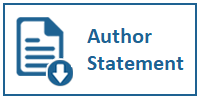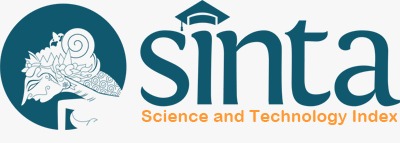Penyerahan Naskah
Daftar Tilik Penyerahan Naskah
Penulis yang ingin memasukkan naskah harus memperhatikan poin-poin di bawah ini. Jika naskah tidak sesuai dengan persyaratan yang telah dicantumkan, ada kemungkinan naskah tersebut akan dikembalikan.- Penyerahan belum diterbitkan sebelumnya, atau sedang dalam pertimbangan jurnal lain (atau sebuah penjelasan belum disediakan dalam komentar kepada editor).
- File naskah dalam format file dokumen OpenOffice, Microsoft Word, RTF, atau WordPerfect.
- Ketika tersedia, URLs untuk referensi telah disediakan.
- Teks 1 spasi; font 12; italic; tidak digaribawahi (kecuali alamat URL); dan semua ilustrasi, figur, dan tabel yang ditempatkan di dalam teks pada poin yang tepat, jangan di akhir.
- Teks yang mematuhi persyaratan mengenai perpustakaan dan gaya bahasa digambarkan secara garis besar di Petunjuk Penulis, yang akan ditemukan dalam halaman Tentang Kami.
- Jika penerimaan untuk bagian peer-review dari jurnal, instruksinya terdapat di Memastikan Reviewer Anonim telah diikuti.
Pemberitahuan Hak Cipta
Authors retain copyright and grant the journal right of first publication with the work simultaneously licensed under a Creative Commons Attribution-ShareAlike International License (CC-BY-SA 4.0) that allows others to share the work with an acknowledgement of the work's authorship and initial publication in this journal.
Authors are able to enter into separate, additional contractual arrangements for the non-exclusive distribution of the journal's published version of the work (e.g., post it to an institutional repository or publish it in a book), with an acknowledgement of its initial publication in this journal.
Pernyataan Privasi
Nama dan alamat email yang dimasukkan di situs jurnal hanya akan digunakan untuk tujuan yang sudah disebutkan, tidak akan disalahgunakan untuk tujuan lain atau untuk pihak lain.














